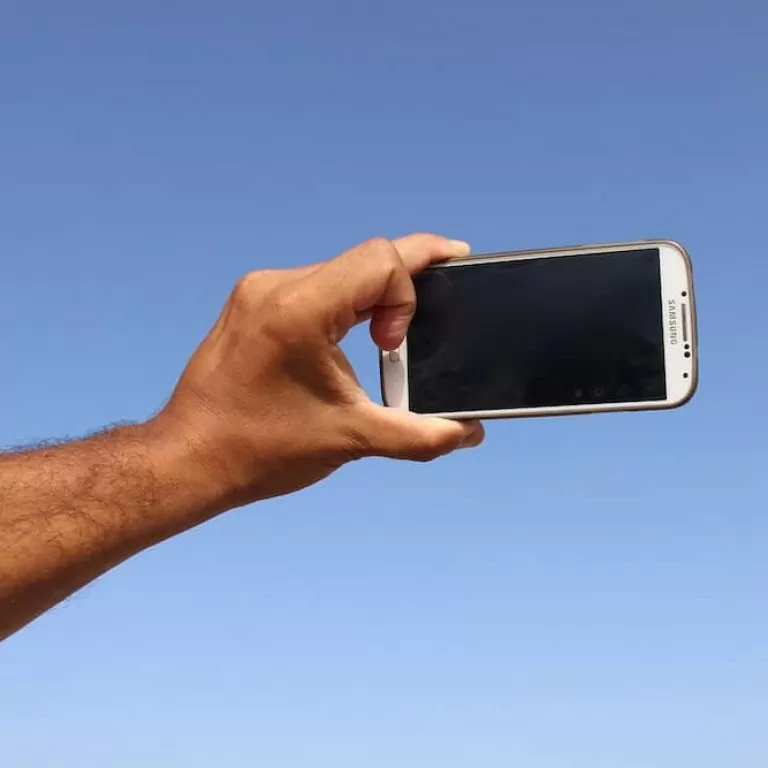
News Evolution of the selfie: a cultural phenomenon – Part II
As of August 2014, the word ‘selfie’ now features in The Official Scrabble Players Dictionary. So if that’s not an indication of the value of this phenomenon, it’s difficult to know what is.
Having already looked at the origins of selfie culture in Part I of this double feature, it is clear that, although it has its roots in older art forms, the selfie allows for a different kind of self-representation. One that can be unique, liberating, influential, and iconic.
As Jerry Saltz argues, when a selfie starts to tap into those “more unstable, obstinate meanings” such as “fictions, paranoia, fantasies, voyeurism, exhibitionism, confessions—things that take us to a place where we become the author of another story”, this is when it becomes more “thrilling…something like art.”
But what are the implications of this cultural craze?
Candid commodification?
A selfie presents a new way of making the personal public; it’s a way to access people’s lives while they’re living it. Through a selfie we get to share in the moment.
As Mariann Hardey notes: “There are elements of experiment and theatrics in the taking of selfie, since the creator depends on their links to others to situate themselves in a world in the act of recreating their moment.”
This kind of performance is evident in the staged-managed aesthetic of selfies from the likes of Kim Kardashian, for example. The accompanying captions to these images rarely say anything in particular because it is not necessary to. The image itself does the talking and positions Kim as the star of her own world.
Perhaps one of the most interesting elements about selfie photography, then, is how it seems to uncover the increasingly blurred boundaries between candidness and performance. Sometimes it is difficult to discern, particularly with celebrities, whether a selfie was taken in the spur of the moment, or whether it was part of a larger staged performance.
Ellen DeGeneres’ famous Oscar selfie captured at the 2014 Academy Awards ceremony is a useful example. Featuring A-list stars like Jennifer Lawrence, Bradley Cooper, Brad Pitt, Meryl Streep, and Julia Roberts, the image posted on Twitter became one of the most retweeted of all time – over 3 million times, in fact!
If only Bradley’s arm was longer. Best photo ever. #oscars pic.twitter.com/C9U5NOtGap
— Ellen DeGeneres (@TheEllenShow) 3 March 2014
Ellen herself has said that “[i]t was this incredible moment of spontaneity that I will never forget. And thanks to the selfie, neither will anyone else.” Whether or not this actually was a serendipitous moment has been called to question, however.
The selfie served as an enviable advertising coup for tech brand Samsung, whose new smartphone was used to snap the image, featuring prominently during this televised moment. While not revealing the extent to which this was planned, it has been acknowledged that this product placement was worth as much as $1 billion to Samsung.
As Hardey aptly puts it, the “indulgence of individual moment and sentiment” prioritised in the world of the celebrity, warns “about the deceptive conveyance of anything real.”
Pros and cons of a phenomenon
In the evolution of the selfie from a simple mode of photography to its ubiquitous use in popular culture, it has also become somewhat of a source of anxiety.
Concern over whether selfies may be the cause of bad mental health or encouraging a preoccupation with self image – otherwise termed as ‘digital narcissism’ – are subject of continuing debates. But as Rose Capdevila and Lisa Lazard argue, however, selfie culture didn’t create a preoccupation with physical beauty, self-improvement, and pressures to fit the norm in terms of appearance – it is the culture it emerged in.
For others, like Roanna Gonsalves, selfie culture is much more promising for it “jams numerous urges together: the impulse to be noticed, to exert control over one’s own self-presentation, to bear witness, to reframe stereotypes, to celebrate.”
Now a globally recognised social phenomenon, the ambiguity surrounding the selfie is understandable given its increasing influence over our lives and how it seems to be changing it. Indeed, selfie culture has transformed how we interact with others, how we tell stories, how we experience the world, and find out more about it.
The selfie is now “a whole other language”. But how this will be used in the future can be thought of as an exciting prospect.